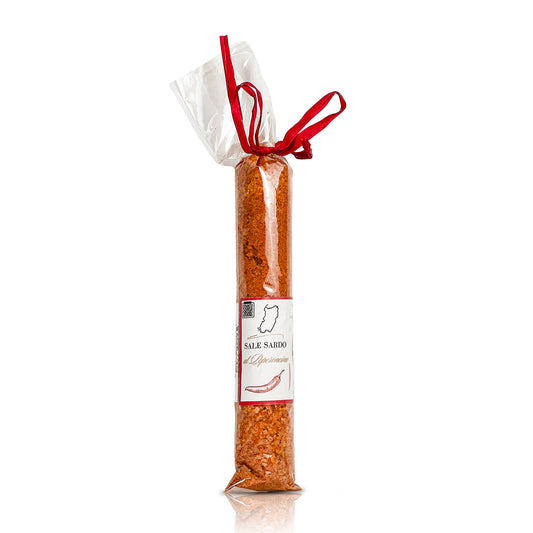Salt: Secrets and Essential Benefits to Enhance Your Dishes
Salt, also known as sodium chloride, has been a vital ingredient in kitchens worldwide for millennia. While often linked to health concerns when consumed in excess, salt offers numerous benefits and uses beyond simply seasoning food. This article explores the many positive aspects of salt and how to make the most of it in your culinary creations.
Benefits of Salt
- Flavor Enhancer: Salt is a natural flavor booster. In small amounts, it can transform a bland dish into a rich and satisfying culinary experience. It stimulates the taste buds, making other flavors more pronounced.
- Natural Preservative: Before refrigeration, salt was the primary method for preserving food. It’s still used today to cure meat, fish, and vegetables, preventing bacterial growth and extending shelf life.
- Source of Minerals: Table salt contains trace amounts of essential minerals like magnesium, calcium, and potassium, which play crucial roles in maintaining bodily functions.
- Digestive Aid: Salt stimulates saliva and gastric juice production, aiding in better digestion. A proper balance of salt can help prevent digestive issues and improve nutrient absorption.
Uses of Salt in Cooking
- Boiling Water: Adding salt to pasta, rice, or vegetable water not only enhances flavor but also helps maintain the desired texture of the food.
- Marinades and Brines: Salt-based marinades tenderize and flavor meat, while brines are perfect for pickling vegetables or ensuring juicy, flavorful cuts of meat and fish.
- Seasoning: Salt enhances salads, meats, fish, and vegetables, whether used during cooking or as a finishing touch. Varieties like sea salt, Himalayan pink salt, fleur de sel, and smoked salt offer unique flavor profiles.
- Baking: A pinch of salt is essential in desserts, balancing sweetness and accentuating the flavors of other ingredients, making pastries and cakes even more delightful.
Types of Salt and Their Features
- Sea Salt: Derived from evaporated seawater, it’s rich in minerals and offers a more complex flavor than refined table salt.
- Himalayan Pink Salt: This distinctive pink salt is packed with minerals and has a mild flavor, making it ideal for raw dishes.
- Fleur de Sel: Hand-harvested from salt flats, this premium salt has a delicate crunch and is perfect for finishing gourmet dishes.
- Smoked Salt: Known for its smoky aroma, it adds depth to meats, fish, and vegetables.
Conclusion
Salt is far more than just a seasoning—it’s a culinary ally that, when used mindfully, can elevate dishes and provide health benefits. Experimenting with different salt varieties and techniques can transform everyday cooking into an exciting gastronomic journey. Remember to use it in moderation to fully enjoy its many advantages. Bon appétit!






